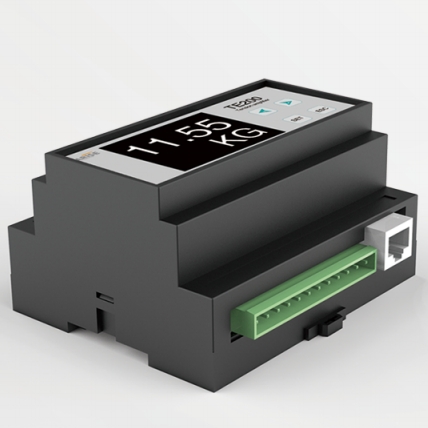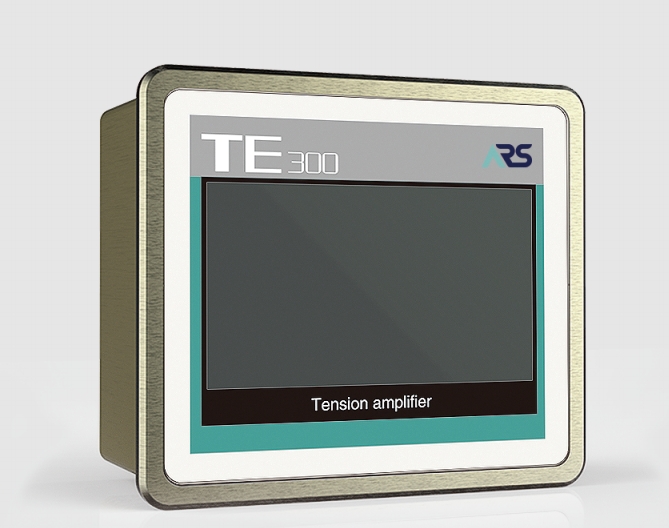Understanding Types of Tension Amplifiers: Choosing the Suitable Type
In industries where precise tension control is crucial, tension amplifiers play a vital role in ensuring optimal performance and efficiency. These devices are designed to amplify small tension variations into larger signals that can be accurately measured and controlled. Choosing the right type of tension amplifier is essential for achieving accurate tension measurement and control in various industrial applications. Let’s explore some common types of tension amplifiers and how to select the most suitable one for your needs.

Common Types of Tension Amplifiers
1. Load Cell Tension Amplifiers
Load cell tension amplifiers are specifically designed to work with load cells, which are sensors that measure force or tension. These amplifiers are highly precise and sensitive, capable of accurately amplifying the small electrical signals generated by load cells. Load cell tension amplifiers are commonly used in applications where precise tension measurement and control are critical, such as in paper converting, textile manufacturing, and wire processing industries.
2. Strain Gauge Tension Amplifiers
Strain gauge tension amplifiers are compatible with strain gauge sensors, which detect changes in resistance caused by mechanical deformation. These amplifiers amplify the small changes in resistance measured by strain gauges, converting them into larger, measurable outputs. Strain gauge tension amplifiers are widely used in applications such as printing presses, web handling systems, and packaging machinery, where precise tension control is essential for maintaining product quality and consistency.
3. Magnetic Particle Brake Tension Amplifiers
Magnetic particle brake tension amplifiers are designed to work with magnetic particle brakes, which generate resistance by controlling the flow of magnetic particles within a rotor. These amplifiers amplify the electrical signals generated by magnetic particle brakes, allowing for precise control of tension in winding and unwinding processes, film and foil processing, and other applications requiring consistent tension control.
4. Pneumatic Tension Amplifiers
Pneumatic tension amplifiers utilize compressed air to control tension by adjusting the pressure applied to pneumatic tensioning devices, such as air cylinders or pneumatic brakes. These amplifiers regulate the airflow to pneumatic tensioning devices, allowing for precise tension control in applications where hydraulic or electric power sources are not available or where pneumatic systems are preferred for their simplicity and reliability.
5. Digital Tension Amplifiers
Digital tension amplifiers incorporate digital signal processing technology to amplify tension signals with high accuracy and reliability. These amplifiers often feature advanced digital filtering algorithms, real-time data processing capabilities, and communication interfaces for seamless integration with control systems and data logging devices. Digital tension amplifiers are suitable for applications requiring precise tension measurement and control, particularly in industries where automation and digitization are prevalent.

How to Select the Suitable Type of Tension Amplifiers
1. Understand Your Application Requirements
- Identify the specific requirements of your application, including the type of material being processed, the desired tension range, and the operating environment (e.g., temperature, humidity, vibration levels).
- Consider factors such as the speed of the process, the precision required for tension control, and any regulatory standards or industry-specific requirements.
2. Determine Sensor Compatibility
- Identify the type of tension sensor (e.g., load cell, strain gauge, magnetic particle brake) used in your tension control system.
- Ensure that the tension amplifier you select is compatible with the sensor technology used in your application. Different types of sensors require different amplification techniques for accurate tension measurement.
3. Evaluate Amplification Range and Accuracy
- Consider the amplification range and accuracy requirements of your application. Choose a tension amplifier with an amplification range that encompasses the tension levels encountered in your process.
- Look for amplifiers with high accuracy and resolution to ensure precise tension measurement and control, especially in applications where small tension variations are critical.
4. Assess Environmental Considerations
- Evaluate the environmental conditions in which the tension amplifier will operate, such as temperature extremes, humidity, dust, and vibration.
- Choose a tension amplifier with robust construction and environmental protection features (e.g., sealed enclosures, temperature compensation) to withstand the conditions present in your application environment.
5. Consider Integration and Connectivity
- Determine how the tension amplifier will integrate with your existing control system or data acquisition system.
- Look for amplifiers with compatible communication interfaces (e.g., analog output, digital communication protocols) that allow seamless integration with your control system and enable real-time monitoring and data logging.
6. Review Features and Functionality
- Evaluate additional features and functionality offered by the tension amplifier, such as signal conditioning capabilities, filtering options, diagnostic tools, and user interface design.
- Choose an amplifier that offers the necessary features to meet your specific requirements and facilitate ease of setup, operation, and maintenance.
7. Budget and Cost Considerations
- Consider your budget constraints and the total cost of ownership when selecting a tension amplifier.
- Balance the upfront cost of the amplifier with factors such as long-term reliability, maintenance requirements, and potential cost savings resulting from improved process efficiency and product quality.
8. Seek Expert Advice
- If you’re unsure about which type of tension amplifier is best suited for your application, seek advice from industry experts, manufacturers, or suppliers with experience in tension control systems.
- Consult with technical support representatives who can provide guidance and recommendations based on your specific application requirements and constraints.
Conclusion
Through understanding the different types of tension amplifiers available and considering factors such as application requirements, accuracy, compatibility, features, and budget, you can select the right type of tension amplifier to meet your specific needs and achieve optimal tension control performance

